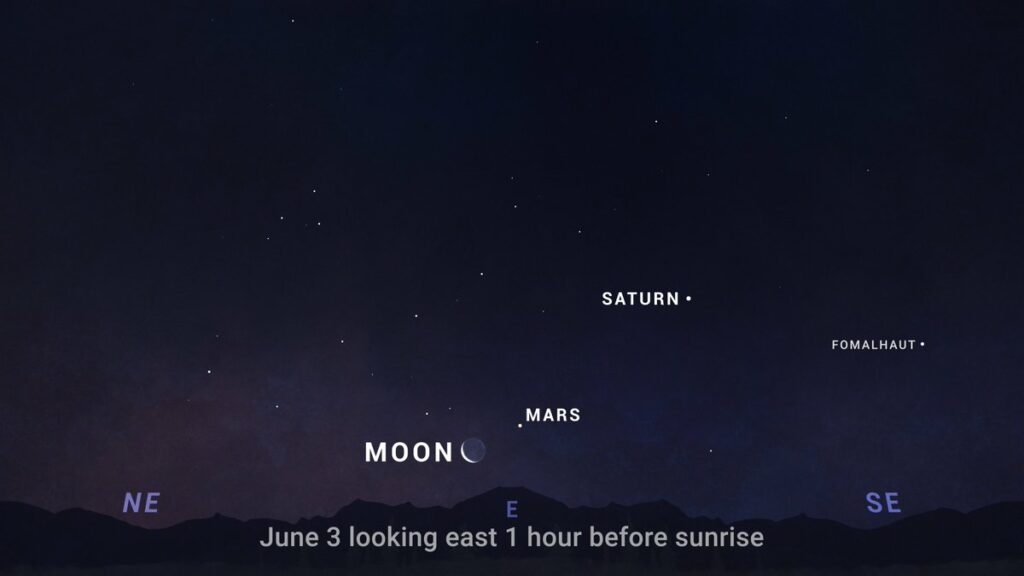If you’ve been eagerly anticipating a jaw-dropping planetary alignment on Monday, June 3, you might want to reconsider setting that early alarm. Despite numerous breathless headlines and viral social media posts promising a spectacular “parade of planets,” NASA has stepped in to set the record straight: this celestial event won’t be quite as dramatic as the hype suggests.
NASA’s clarification
The @NASASolarSystem account on X (formerly Twitter) addressed the misinformation directly: “You may have heard about a ‘parade of planets’ on June 3. Be aware that most of them will be either too close to the rising Sun or too faint to see.” This straightforward message from NASA debunks the exaggerated claims and puts the upcoming planetary alignment into perspective.
The reality of planetary alignments
The concept of planetary alignment is often misunderstood. The solar system is relatively flat, with all planets orbiting the Sun in more or less the same plane. This plane is known as the ecliptic. When we talk about a planetary alignment, it means that from our viewpoint on Earth, the planets appear to line up along this path. However, these alignments are not as precise or visually striking as one might imagine.
On June 3, reports have claimed that Mercury, Mars, Jupiter, Saturn, Uranus, and Neptune will align before sunrise. While technically true, this alignment spans a large area of the sky, from the northeast to the southeast. The planets are not bunched up in a tight, spectacular formation, but rather spread out across a significant portion of the horizon.
What to expect on June 3
For those still eager to observe the early morning sky on June 3, here’s what you can realistically expect to see:
- Saturn and Mars: These will be the most visible planets, shining dimly in the east-southeast.
- Uranus and Neptune: These distant planets are too small and faint to be seen without high-powered telescopes, especially in the pre-dawn light.
- Jupiter and Mercury: Both will be lost in the Sun’s glare, making them nearly impossible to spot.

NASA suggests focusing on the reddish hue of Mars, which will appear between Saturn and a slim crescent Moon. A 12% waning crescent Moon will be visible near Mars, adding a subtle beauty to the morning sky.
A pretty sight, but not a spectacular event
In summary, while the June 3 morning sky will offer a pretty sight with a waning crescent Moon and a couple of dimly shining planets, it won’t be the extraordinary event that some reports have claimed. If you’re an early riser, it might still be worth a look but don’t expect a once-in-a-lifetime spectacle. Instead, save your excitement for more remarkable astronomical events, such as a total solar eclipse or a significant display of the northern lights.
So, if you’re tempted to stay in bed, you probably won’t miss much. The next truly stunning celestial event is always just around the corner, promising a more awe-inspiring show.





